NATO'S WAR PROBLEM: WEAK ARMOR
Compounded by limited numbers of tanks and spare parts issues
NATO has a huge problem that it cannot overcome for decades. Put most simply, the armor vehicles NATO has won't survive in a firefight with the Russians, notwithstanding the fact that Russian armor is far from the best.
Russia has demonstrated in Ukraine that in conventional warfare it can knock out some of NATOs best tanks and decimate Western armored fighting vehicles like the US Bradley and the German Marder.
NATO does not have enough tanks, does not have sound logistics to support them, and faces significant problems facing modern Russian ground forces.
The Leopard tank has performed poorly, despite Ukrainian efforts to try and fix some of its many problems.
Even when it comes to the American M-1 Abrams tanks, Forbes reports the Ukrainians have not put it on the battlefield, probably because US advisors have told them it won't survive and the destruction of the Abrams would give the US a black eye. So, instead, the Ukrainians have been urgently trying to "upgrade" the Abrams by gluing on Russian reactive armor and building cages on top of the tank's turrets to ward-off Russian Lancet UAVs.
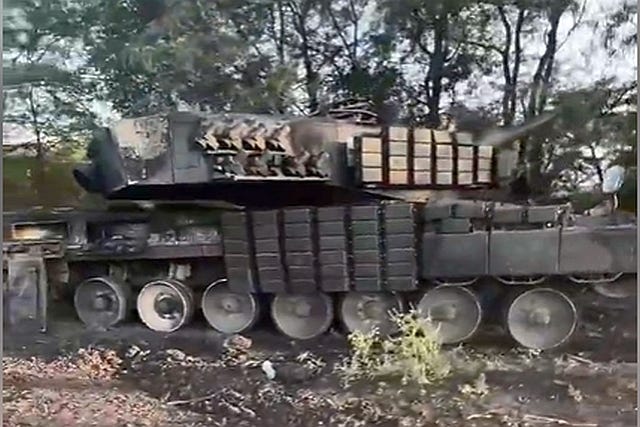
The Germans, meanwhile, say that Ukraine no longer has any operational Leopard series 2 tanks; those that were broken down or salvaged from the battlefield have been sent off to Estonia for repairs. But Estonia does not have spare parts to fix them, so they are rusting in marshalling yards.
Modern tanks, like modern aircraft carriers, face serious challenges to survive in hostile environments.
Today tanks are vulnerable to anti-tank weapons, land mines including air-launched mines, killer drones such as the Russian Lancet, helicopter and aircraft-launched missiles and bombs, and accurate artillery strikes.
Anti-tank weapons today use tandem shaped charge warheads designed to penetrate armor even where reactive armor appliques, known as Explosive Reactive Armor (ERA) protect the tank.
I have not included the hand-held RPG-7 into the analysis since using them on a modern battlefield is a suicide mission. Western armies, of course, don't have the RPG-7. These are well distributed to Russian clients and to terrorists. The Egyptians used them in the Yom Kippur war, but usually the operator was killed. They use a shaped charge but not a tandem warhead configuration. The US equivalent is the Precision Shoulder-fired Rocket Launcher-1 (PRSL-1). It is not part of the regular US army kit but is sometimes used by US Special Forces.
ERA are explosive panels that are put on tanks to defeat the impact of a tandem warhead weapon.
Neither the Abrams or the Leopard have reactive armor (ERA) because the highly classified passive armor of the tank body (sometimes called Chobham armor) was supposed to be able to protect the tank from modern anti-tank weapons like the Russian 9M133 Kornet (Comet). Kornet uses a tandem HEAT warhead, where HEAT stands for High Explosive Anti Tank. It was designed to defeat explosive reactive armor.
The first ERA was developed by Soviet academician Bogdan Vjacheslavovich Voitsekhovsky (1922–1999) in 1949. However, early tests of Soviet armor showed that when a tank was hit equipped with the armor, all the ERA modules would explode, rendering the ERA ineffective. In 1967 to 1969 a German researcher, Manfred Held working with the Israeli Defense Force (IDF) developed reactive armor that was used on Israeli tanks starting in the early 1980s and first proven effective in the 1982 Lebanon war. Unlike the US, UK and Germany, where Chobham armor (and its descendants) was available, Israel was not allowed access to advanced armor. Its Merkava tank, developed by the tank genius General Israel Tal, used spaced armor. ERA was vital for Israel in compensating against Russian threats.
Chobham armor is made up of layers of dissimilar materials including steel and polymers and is otherwise called composite armor. A T-80U Russian tank that was destroyed in the Ukraine war was fitted with composite armor similar to what is found in the Leopard and Abrams. The Russian armor was good at deflecting shape charge weapons. Anti-tank weapons use a shape charge to aid in penetrating thick steel plating. A shaped charge "focuses" the explosive blast, putting extreme heat and shock on the target.
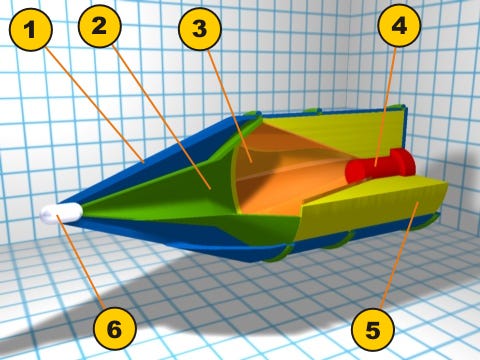
Tank armor also has to be able to defeat cannon-fire from opposing tanks. Modern tank rounds (in the west 105mm and 120mm and in Soviet-origin weapons, 115mm, 120mm and 125mm) use penetrator roads made of either tungsten carbide or depleted uranium (APFSDS or Armor Piercing Fin Stabilized Discarding Sabot shells). Reactive armor can be effective against APFSDS.
The Germans say they already have a new version of the Leopard, the 2A7V. Germany has also entered into a deal with Italy, Spain and Sweden to develop a successor tank to the Leopard. The new tank will have a 130mm tank gun, and advanced situational awareness (rather like Israel's new Merkava 5 excepting the gun).
The US has also scrapped the latest upgrade version of the Abrams (known as SEP v4) and is now working on a different way to upgrade the Abrams tank.
Both Germany and the US realize that neither the Abrams nor the Leopard can survive on the modern battlefield.
Types of ERA
There are many different types of ERA. The Russian ERA has evolved from Kontakt 1 to Kontakt V and its latest tanks have a type called Malachit. Information about Malachit is classified but it was designed to deal with the latest APFSDS tank cartridge called M829E4 (which has a depleted uranium penetrator). The problem for the Germans and the US is that the penetrating rods used in these cartridges are limited in length because the 120mm guns cannot use rounds with longer penetrators. That helps explain why the German future tank will have a 130mm gun, and the Abrams may also have to up-gun.
Beyond Reactive Armor
One of the innovations for tanks, pioneered by Israel, is called Active Protection. Using specialized radar sensors and explosively formed projectiles to defeat incoming threats, Israel has two systems (Trophy produced by Rafael and Iron Fist by Israel Military Industries and General Dynamics) that are mounted on Israeli Merkava tanks and on armored fighting vehicles and other platforms.
Other countries, including Russia, have their own versions of Active Protection Systems, but none of them have shown up in Ukraine.
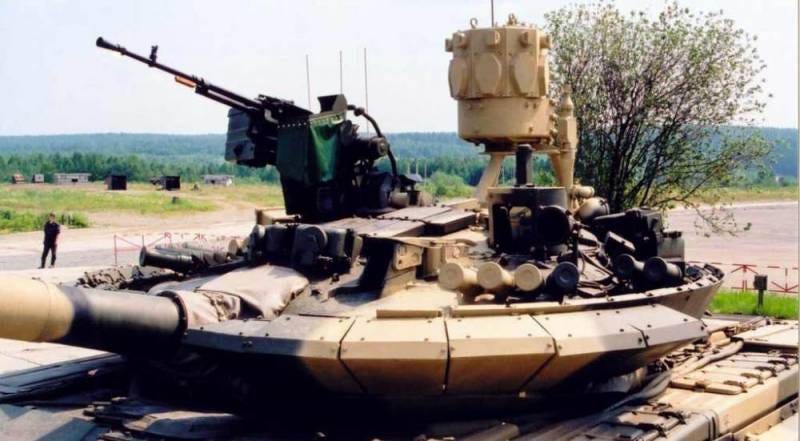
It isn't clear if an Active Protection System can defeat an APFSDS round.
Most NATO tanks don’t have active protection onboard.
Mines and Countermeasures
The Russians have relied heavily on air-launched mines against Ukrainian tanks and armored fighting vehicles. They also have developed a new type of top attacking mine called the PTKM-1R. The PTKM-1R mine is activated by the sound of an armored vehicle. Apparently it is equipped with an internal library capable of recognizing a significant target such as a tank or armored fighting vehicle. When the sound indicates the target is in range, the PTKM-1R fires its mine that homes-in on the topside of the target, destroying it.
Conventional mines, even if air launched, typically attack the underside of a vehicle. Either they can blow off the tracks or wheels (in the case of wheeled fighting vehicles) or they can destroy the vehicle itself. There are two weak points in any tank --the top, especially the turret and the bottom or underside, which lacks heavy armor protection.
Both the Russians and NATO have developed a variety of vehicles designed to destroy mines. These have some value. Many use a tank chassis for the tank clearing system (which may be rollers or earth moving plows). Unfortunately mine clearing systems must move slowly on the battlefield, making them vulnerable to enemy attack. A significant number of mine-clearing vehicles have been destroyed in Ukraine.
Conclusion
Today NATO's armor capabilities are severely constrained in numbers and in fighting ability. Beyond that there is a low level of maintenance and a lack of spare parts, including replacement gun barrels. While the US is better all around at supporting its hardware, US tanks are probably not superior to German-ones on the modern battlefield. (I have not included the British main battle tank, the Challenger 2, because it does not use NATO ammunition and thanks to its rifled gun barrel is incompatible with NATO's 120mm smooth-bore standard. It is, therefore, a nightmare if it is deployed on the NATO front line.)

What this means in practical terms is that NATO is not ready to fight against Russian ground forces --its key armor systems are terribly vulnerable, its logistics are a mess, and its supply of parts and ammunition minimal.
If NATO keeps shoveling arms into Ukraine, it will further weaken its war-fighting capability, something that seems to have got scant attention in NATO capitals, including the United States. The Ukraine war has exposed the weak-armor underbelly of NATO.



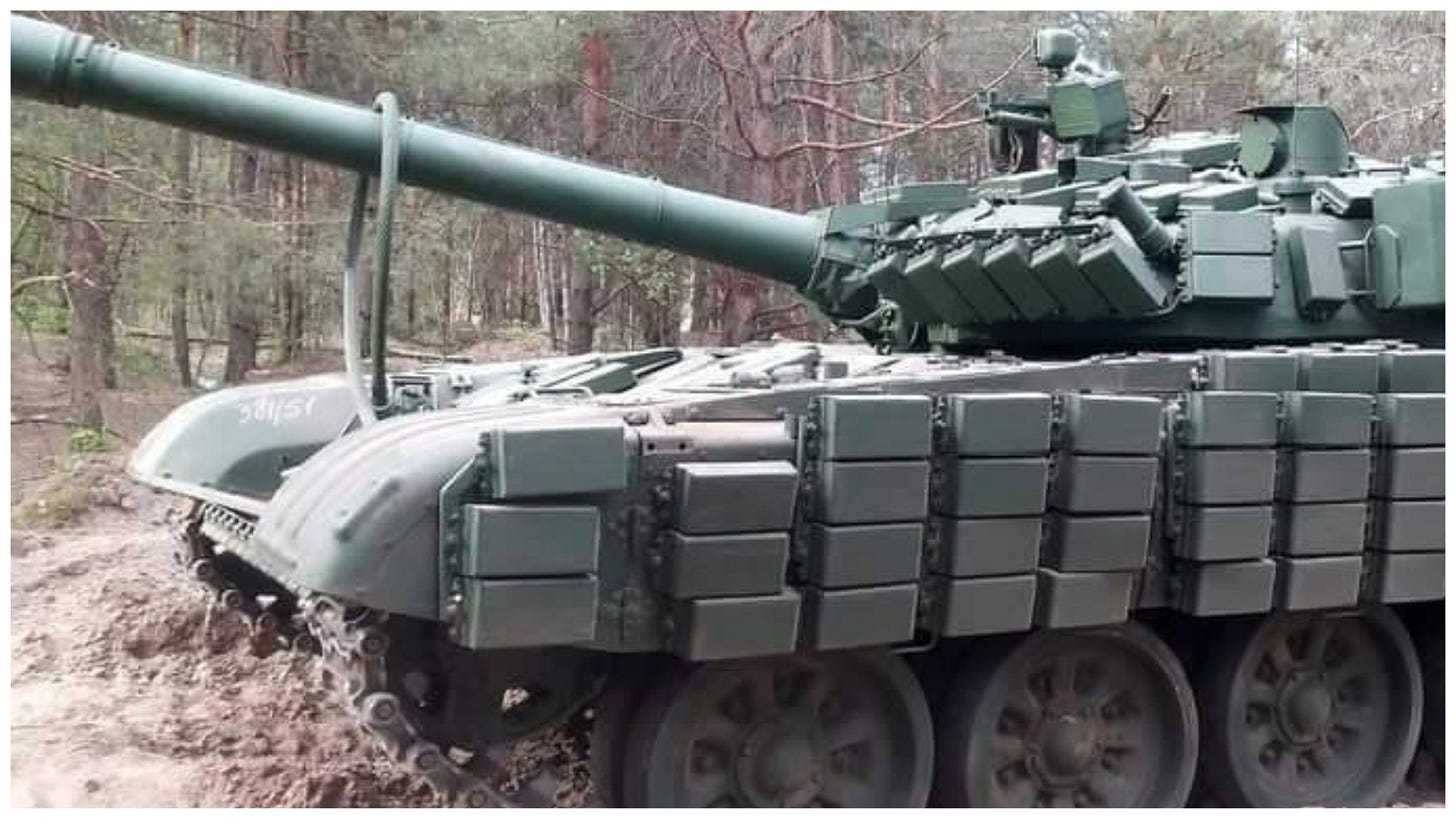
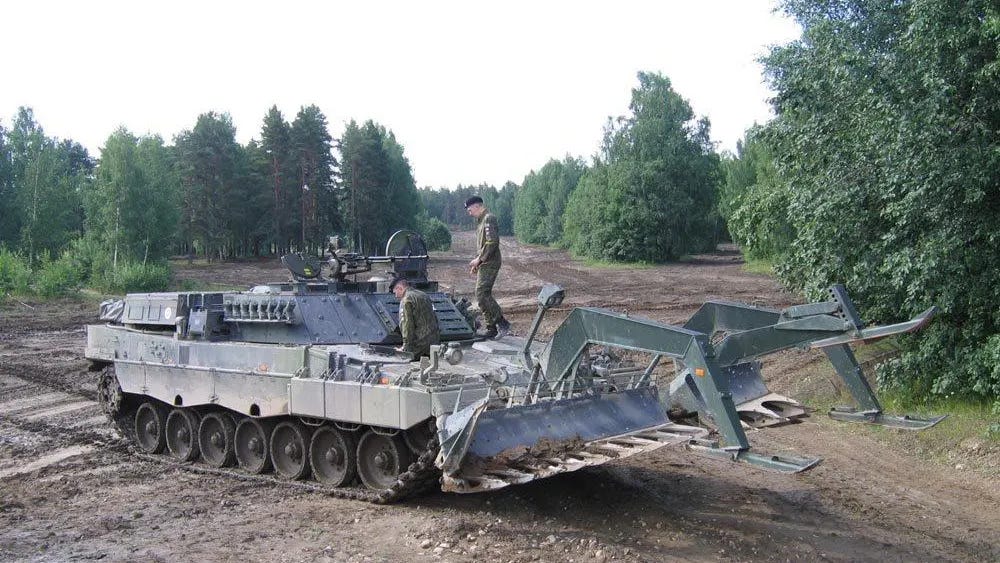
Stephen. Yes, the original webpage is wrong. FYI, I am a retired US Army Colonel. I speak, read, and can write pretty well, nearly fluently, in Russian. My wife is Ukrainian. All of her family has left and gone either to Europe or the US. We have 2 homes in Ukraine, one in Kyiv, the other on the Black Sea. Neither has been damaged by various attacks, but we have not been back since the war began. We are in frequent contact with many friends who are still in country. My perspective is that almost every Ukrainian we speak with is ready to die before being subjugated by Putin and Russia. Although it may be possible for Russia to capture large pieces of Ukraine, mostly in the eastern part, the partisan resistance will make it nearly impossible for Russia to occupy without continuous and serious losses in both people and equipment. Russians trying to live in Ukraine will be shot, blown up or poisoned on a regular basis, and will never be able to feel secure. All of Ukraine will look like Mariupol before Russians can safely live in Ukraine.
Reference your reference to the Russian anti-tank weapon Kornet 9M133. Корнет does NOT translate to Comet. It translates to Cornet, a musical instrument like a trumpet. Comet in Russian is - Комета, not - Корнет.